1969: That's all Folks!
We've reached a year of several important milestones. The 40th year of the Looney Tunes. Combined with the other main series Merrie Melodies, the 1000-cartoon mark will also be reached. On a weirder note, it's also the first year not to feature any characters created prior to 1967. And dark clouds are looming on the horizon...
The Great Carrot-Train Robbery
Directed by Bob McKimson
Bunny and Claude rob the Carrot Express. The sheriff is on their tracks, but he fails again due to various mishaps and the rabbits' cleverness. The second and last appearance of Bunny and Claude. The characters are once again appealing – Bunny gets more dialogue here and is sweet (for a gangster, that is!), while Claude's tricks would make Bugs Bunny himself proud. The sheriff has some funny moments too despite getting outshone by the rabbits. Not quite at the level of the first Bunny and Claude cartoon (to which this is rather similar), but one of the highlights of this period in any case! I'll miss this duo – two truly underrated characters who I think had more potential in them. This is also the last short to feature characters (namely Claude and the sheriff) voiced by Mel Blanc, one of the most important names in Looney Tunes history, who voiced most of the series' most significant characters for more than three decades.
8.5
Fistic Mystic
Directed by Bob McKimson
Merlin and Second Banana go to Rattlesnake Gulch. Merlin accidentally challenges a tough guy to a fight, beating him with the help of Second Banana. After that, he convinces the smaller mouse ("Golden Cheese, mouseweight champion of the world") to face the tough guy in a boxing match for a prize of 100 dollars, with help of magic boxing gloves. An entertaining effort despite a somewhat weak ending. Very nice to see the until now underutilized Second Banana get a more prominent role here!
8
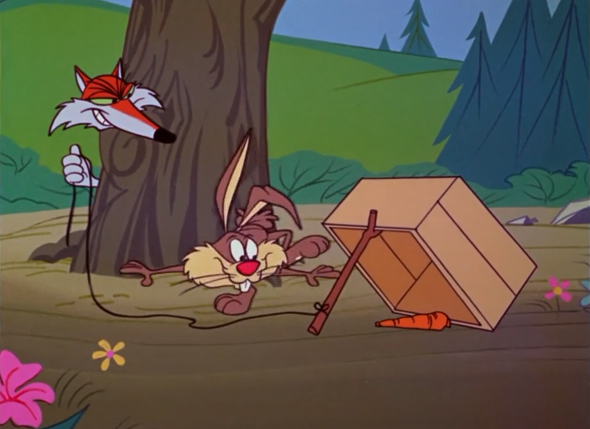
Rabbit Stew and Rabbits Too!
Directed by Bob McKimson
The Quick Brown Fox is trying to cook some rabbit stew, but he needs a rabbit! He soon sees Rapid Rabbit, but all his attempts to catch him backfire. While Bugs was restricted to TV appearances, W7 introduced yet another rabbit character after Bunny and Claude's very short career. This is very much in the style of the Road Runner cartoons, with a sly character's failed attempts to catch his fast prey, all of it without dialogue. To further emphasize this, the rabbit is shown honking a horn in a couple of scenes, though he's more active in foiling the fox than the Road Runner usually was. While definitely not a match for the earlier duo, this cartoon is amusing in its own right, with some witty gags. Rapid Rabbit and the Quick Brown Fox were the last new lead characters to appear in a Looney Tunes or Merrie Melodies cartoon, but this would turn out to be their only appearance.
8
Shamrock and Roll
Directed by Bob McKimson
Merlin decides to start visiting other countries to give more people an opportunity to see his magic show. He and Second Banana end up going to Ireland where they meet O'Reilly the leprechaun. Unimpressed with Merlin's magic act, he shows his own kind of magic, making Merlin's watch disappear... and he won't give it back, unless the mice catch him! With the chase action and the end gag, this has more of the classic WB cartoon touch than many others from the W7 era, though it isn't one of the studio's best. I like Second Banana the best out of the characters here – I've always liked tough little characters, and that side of him really shows here! This was the final appearance of the two magic mice, leaving Cool Cat as the last remaining W7 cartoon character.
8
Bugged by a Bee
Directed by Bob McKimson
Cool Cat is a student at Disco Tech. He breaks the school's pole vaulting record after a bee stings him, making him popular with the girls and leading the coach to pick him for the baseball team. The bee helps Cool Cat achieve great success in every sport. Cool Cat's hip personality is taken to an extreme here, with his constant use of the slang terms of the day, which is quite amusing. The plot is more imaginative than in the average Cool Cat cartoon (Rimfire's retirement seems to have worked wonders), and it all leads to some fun wordplay. The tiger's best cartoon since his debut! The last Looney Tunes cartoon, though there will be one more in the Merrie Melodies series. Counting both of the series, this is the 1000th short – I'm glad they managed to get there in the end!
8.5
Injun Trouble
Directed by Bob McKimson
Not to be confused with the 1938 Porky Pig cartoon of the same title. Cool Cat drives his dune buggy in the desert when he comes across an Indian tribe. Wackiness and silly puns ensue. The corny jokes call back to the much earlier spot gag cartoons... and so do the Native American stereotypes, though they're thankfully not the worst we've seen in these shorts. The jokes are all silly, some of them appealingly, some of them less so (the scenes without Cool Cat tend to be the weakest). By the standards of the time, it's entertaining – McKimson did well on his return, his shorts feeling a little more like traditional WB cartoons than Lovy's did, this one again including some fourth wall breaking. But it's not a short that would get a lot of mentions as a favorite – not helped by the fact that it hasn't been shown on TV much. And we've reached the end of the line, as this was the last WB cartoon short of the classic era!
8
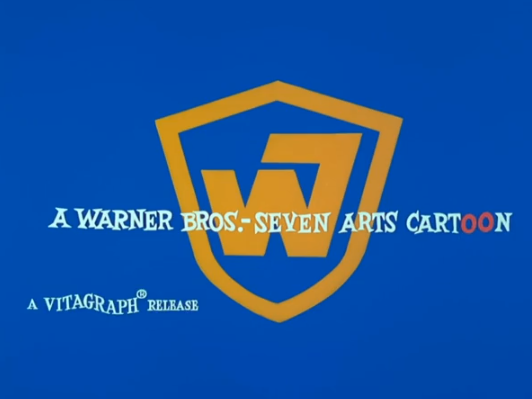
Just two years after the Warner Bros.-Seven Arts merger, the company was sold to Kinney National Services. Unfortunately, they decided to close down the animation studio, bringing the Looney Tunes and Merrie Melodies series to an end after almost four decades in production. There had been plans for more W7 cartoons, some of which had already been announced (a series of "Keystone Kops" cartoons and a TV series based on the comic strip "Li'l Abner"), but these would never materialize. The Looney Tunes characters would return later, appearing in countless productions over the decades, but theatrical shorts would only be released occasionally.
In addition to the Looney Tunes and Merrie Melodies, the last year of the cartoon studio included a series of anti-drugs films produced for the Lockheed Aircraft Corporation. Most of them were around three minutes each, intended to be shown to managers and usually featuring a group of cavemen as the characters. As the first five of the shorts listed below were numbered as cartoons #3, #6, #7, #8 and #9, we can assume W7 produced more of them than what is currently available.
Behavioral Effects of Drugs
Three cavemen (a professor and his two assistants) give a presentation on the effects drugs have on people. We see the assistants' hallucinations as well as their strange behavior after taking LSD. Rather limited animation, but the hallucination sequence is fittingly creepy (one of the most disturbing seen in the WB cartoons, for sure)! Seeing the assistants being used as guinea pigs (which will happen again in the later shorts) is a little questionable... Informative, but also an interesting curiosity.
8
Review Drug Effects
The professor caveman recounts the previous information on the effects drugs have, in addition to his assistants helping him in showing the effects marijuana has on people. As this was meant to summarize the earlier information, there's predictably quite a bit of reused content, in addition to text and diagrams with narration rather than actual animation comprising much of the short.
6.5
Drug Needs
The professor caveman tells about various types of needs and how they can lead to drug use and dependence: physical need (after taking drugs to alleviate pain) and psychological need (seeking approval from others who use drugs). A lot of information, but also some surreal expressions here to depict the drug user's experiences, though nothing as weird as back in cartoon #3!
7.5
Drug Source
The professor caveman explains the sources of drugs (plant or chemical, area of production and supplier), using the manufacturing and distribution of heroin as an example. Here we see some surprisingly realistic animation of human characters in the scene showing the origin of heroin. It contrasts a lot with the cartoony, oddly happy caveman. The shortest of these cartoons, but it has arguably the most detailed explanation in any of them!
7.5
Drug Use
The different ways drugs are used are demonstrated by the professor caveman giving them to his assistant. He explains how legally obtained drugs can still be abused and that the problem doesn't just affect a single age group. A lot of reused footage from the earlier shorts here, which does fit its purpose of recounting some of the earlier points.
7
Stopping Drug Abuse
This short covers how the legal system can be used to fight drug use, focusing on federal drug laws. An attorney tells a jury about the history of drug use in the U.S., the laws signed to fight "the drug disaster" and increases in drug use. Unlike the previous ones, this short takes place in the modern day (with the attorney resembling the previously seen professor caveman), and there's a live-action opening. Some scenes are reused from the caveman shorts with slight alterations. Subjectwise, one of the more interesting entries in this series.
7.5
In its first two decades, the original Schlesinger/WB cartoon studio had often produced cartoon sequences for live-action feature films, and the W7 studio brought this tradition back at the end of its run. One example of this was "The Picasso Summer" (made in 1969 but only receiving a TV release in 1972 after various production issues), which featured three long animated sequences based on Picasso's paintings, though only the ink and paint was done at the W7 studio, with the rest of the animation produced by Wes Herschensohn.
Besides the productions by their own cartoon studio, Warner Bros.-Seven Arts had acquired the rights to an hour-long independent production by Tony Benedict (who had written the Cool Cat short "Hippydrome Tiger", with some of the animators also having previous Looney Tunes experience). This appears to also have fallen victim to Kinney buying W7 and ended up not being released by them. The special had a strange story behind it, turning from a rejected TV special into a theatrical release, eventually getting picked up by other distributors, being edited various times (with the addition of new animated scenes and different kinds of live-action footage) and retitled "Santa and the Three Bears". But even then, some copies still contain references to the original intended distributor...
A Yellowstone Christmas
Directed by Tony Benedict
In Yellowstone National Park, two bear cubs called Nikomi and Chinook see Mr. Ranger getting a Christmas tree. He tells the curious bears all about Christmas, and now the two want to celebrate it and see Santa before hibernating. Their mother isn't really happy about this and after she finds out Mr. Ranger wasn't exactly telling the truth, he comes with a plan not to disappoint the little bears. This was quite a sweet Christmas special! Cute characters, a charming story and good voice acting. The animation itself is fairly standard for the day. And I feel the original special was fine as it was – the later additions, such as the songs, were more or less filler and weren't really necessary.
8
In 1970, we saw the last pieces of animation created by the W7 cartoon studio. In two episodes of "Pat Paulsen's Half a Comedy Hour", the live-action host interviewed an animated Looney Tunes character. Directed by Robert McKimson, these were the last times the studio created new footage of the classic characters, long after these characters had been retired from the actual series.
Episode 1
Pat Paulsen interviews Daffy Duck. Pat asks Daffy to tell about his work with Porky, do his famous "Daffy woohoo" and reveal his next movie role. The duck isn't entirely happy with the interview, though. An amusing clip (probably even more so in the show itself among all the live-action guests!), with a more fitting portrayal for the duck than in many of his later cartoons! Solid animation and a great performance from Mel Blanc as always.
9
Episode 3
Paulsen interviews Foghorn Leghorn. But the interview doesn't go very well, as the rooster criticizes the host for his long introduction, not talking enough and not being funny enough as a comedian. He proceeds to showcase his own comedy skills. Eventually he leaves, not being interested in meeting one of Pat's friends... Foghorn hadn't appeared in six years at this point, and I can just feel McKimson had really wanted to use him again – the material here is excellent! Foghorn is in his element with his usual mannerisms, cracking jokes... and indeed, he clearly outshines the interviewer. For the last time the studio worked with one of the series' most famous characters, this is a brilliant one!
10
Before closing down, the studio animated the title sequence for a live-action film. This may have been their last production ever.
The Phynx
A live-action man shot out of a cannon suddenly turns animated while flying through the air. With the credits appearing in between, we see him going to a parking meter, taking off his disguise to reveal himself as a spy, struggling to come out of a manhole due to cars and eventually skating off screen. Surreal and colorful visuals. A strange piece of animation for the last one made by the studio, but it's certainly a well made though not particularly memorable sequence.
The last year of the Looney Tunes and Merrie Melodies may not be anyone's pick for the best of the series, but I felt McKimson's return as a director led to an improvement in quality. The lack of the familiar characters did feel a bit strange, but I always thought the W7 crew fared better with the new ones anyway. While these cartoons are often looked down on, I think they managed to stay entertaining enough until the end, even if their best days had undeniably passed.
And that's it for the classic Warner Bros. cartoons! It was fascinating to see their development over the decades: the 30s with the largely musical approach eventually giving way to comedy with the introduction of Porky Pig, the 40s when the cartoons were at their wildest and most of the familiar characters made their debuts, the 50s with the crew making some of their best work with the proven concepts and having their greatest award success, and finally, the 60s with the retirement of most characters in favor of a few stars including some new ones and the cartoons making their full-scale TV debut. While I had seen many of the shorts before, there were also a lot of new ones for me, and the chronological order was something I hadn't tried before – it helped me see how the shorts changed over time and made me appreciate the cartoons and the talents behind them even more than I did before! Not all of the cartoons were necessarily hits, but even the thankfully few misses played an important part in the story. While the Looney Tunes and Merrie Melodies were obviously the highlight, the other projects the studio worked on at different times were also interesting to see, giving it all some additional context and showcasing the crew's versatility.
Thanks to everyone who joined me on this journey – it has been a fun one! Out of the many cartoons I've watched, the Looney Tunes have always held a special place for me, and I'm glad to have been able to share my experiences finally watching them all!
-
 1
1
-
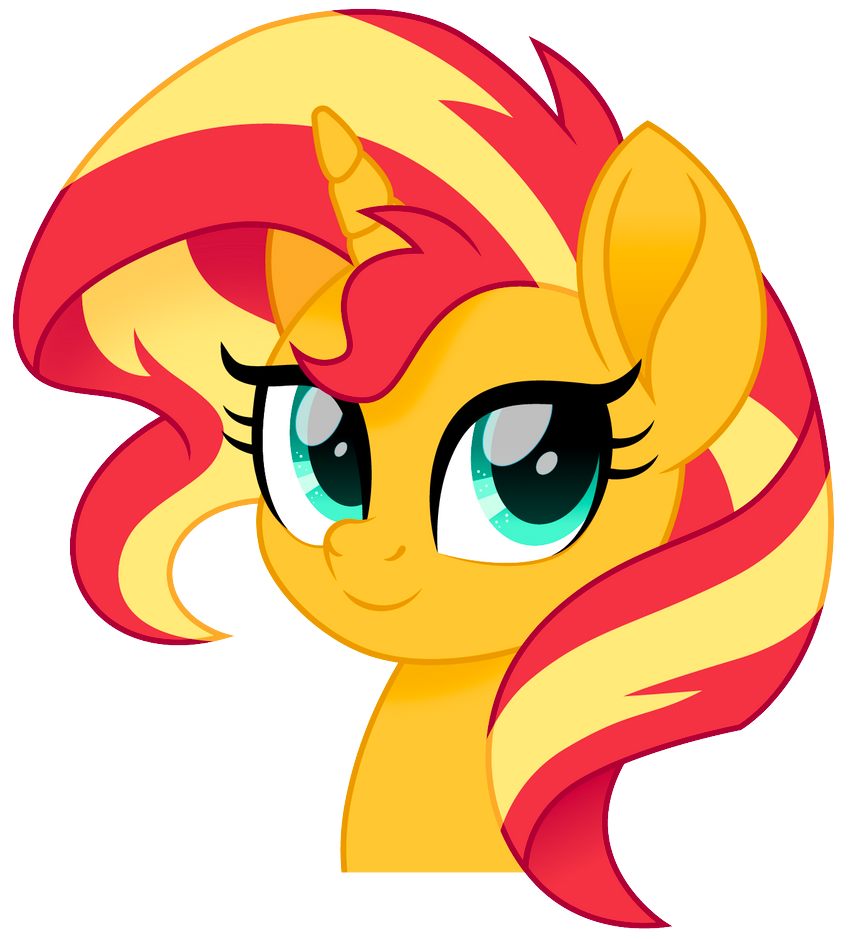 1
1



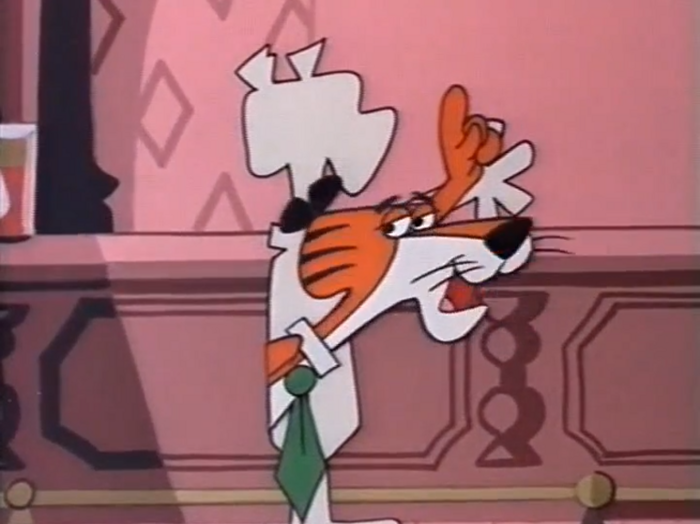
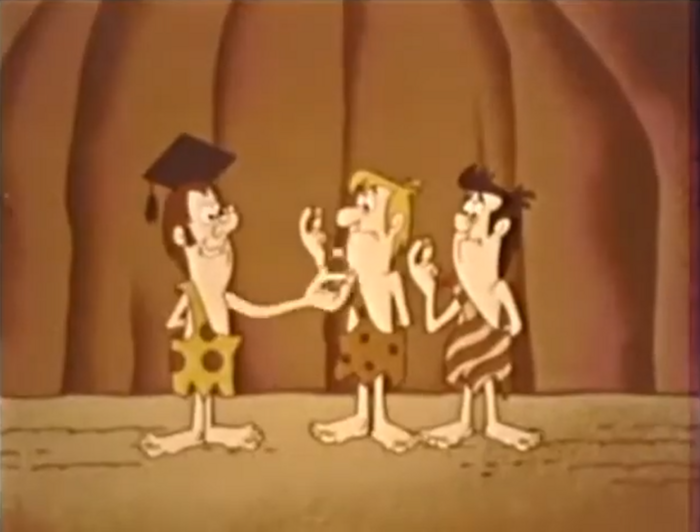
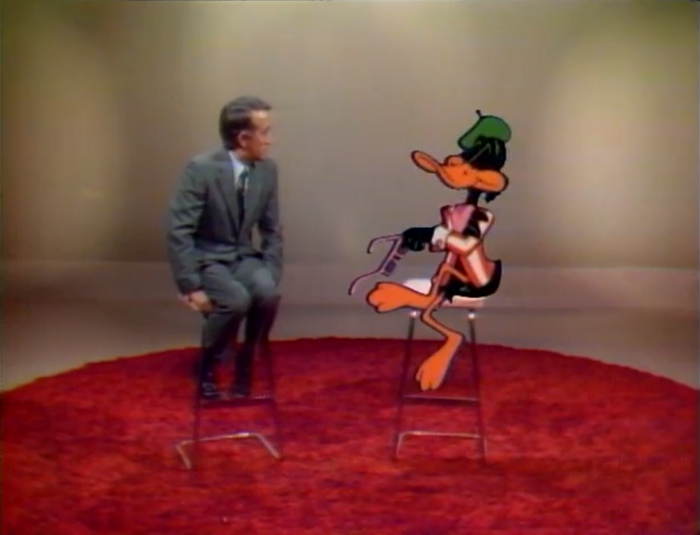
4 Comments
Recommended Comments
Create an account or sign in to comment
You need to be a member in order to leave a comment
Create an account
Sign up for a new account in our community. It's easy!
Join the herd!Sign in
Already have an account? Sign in here.
Sign In Now